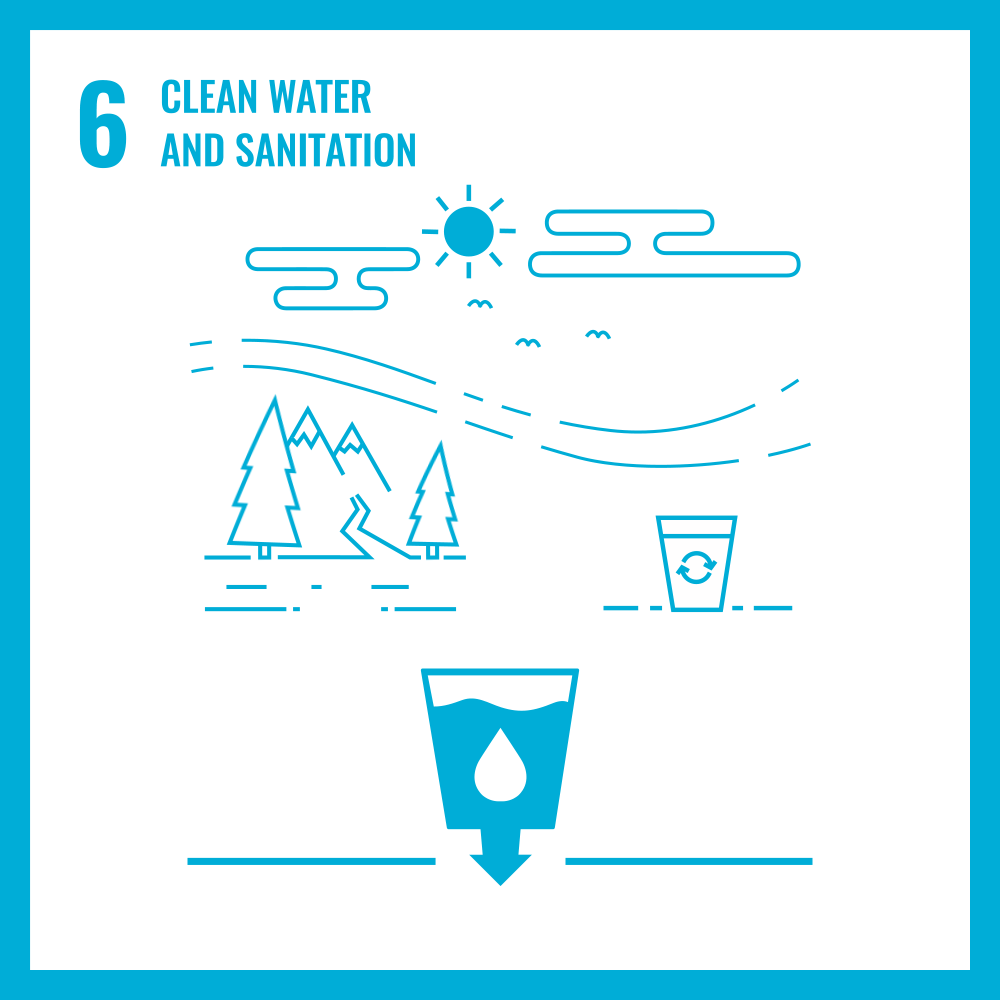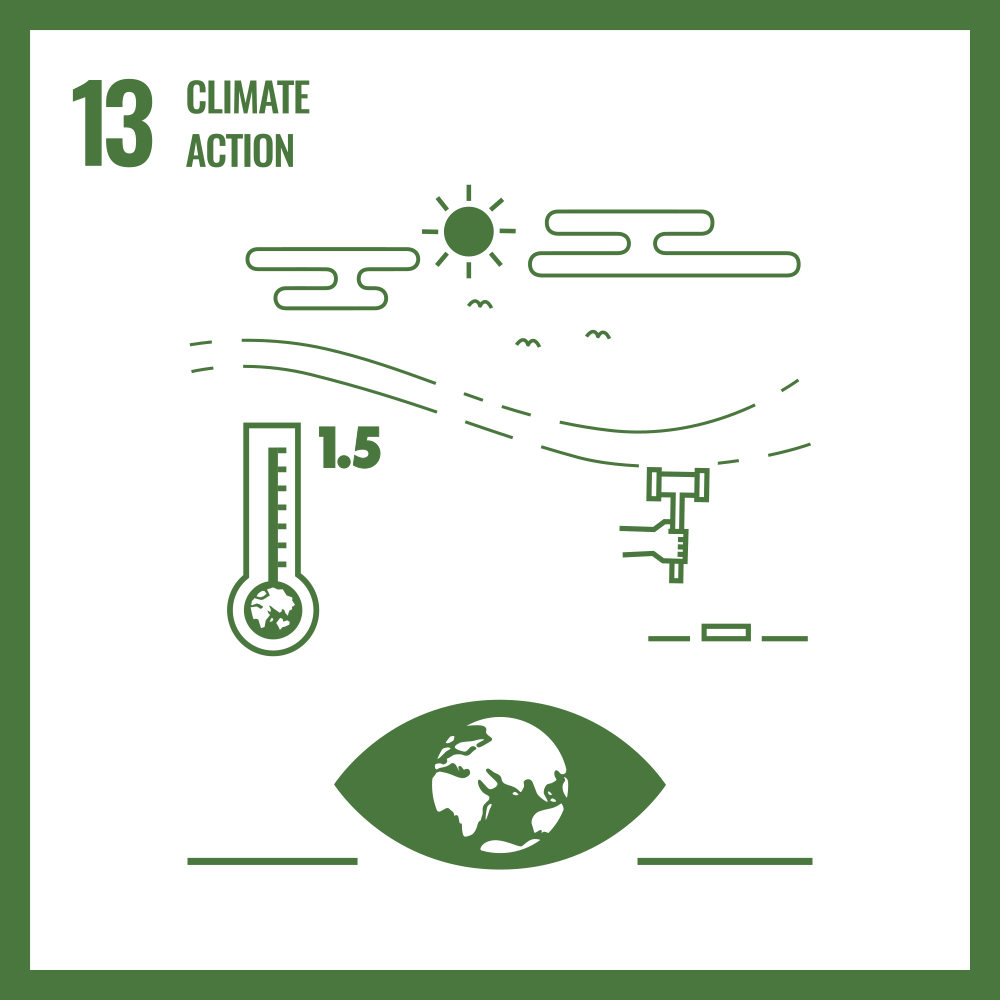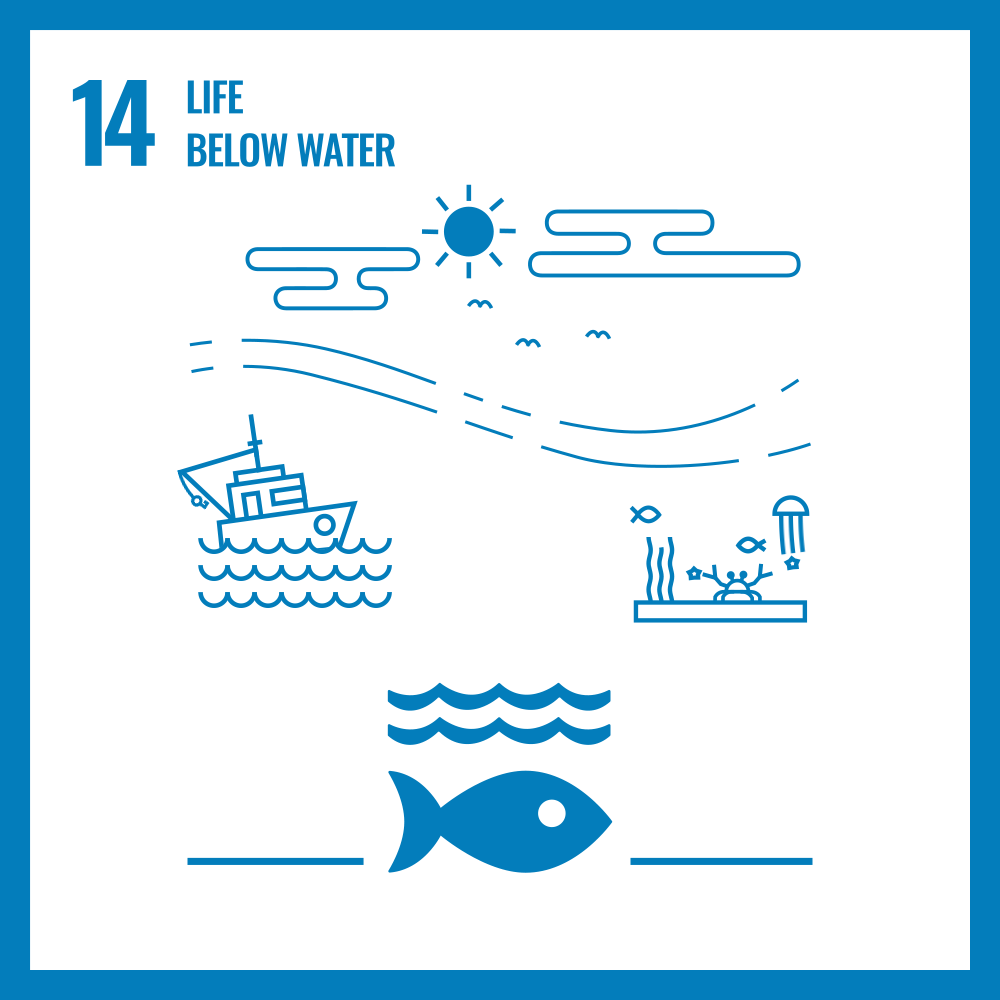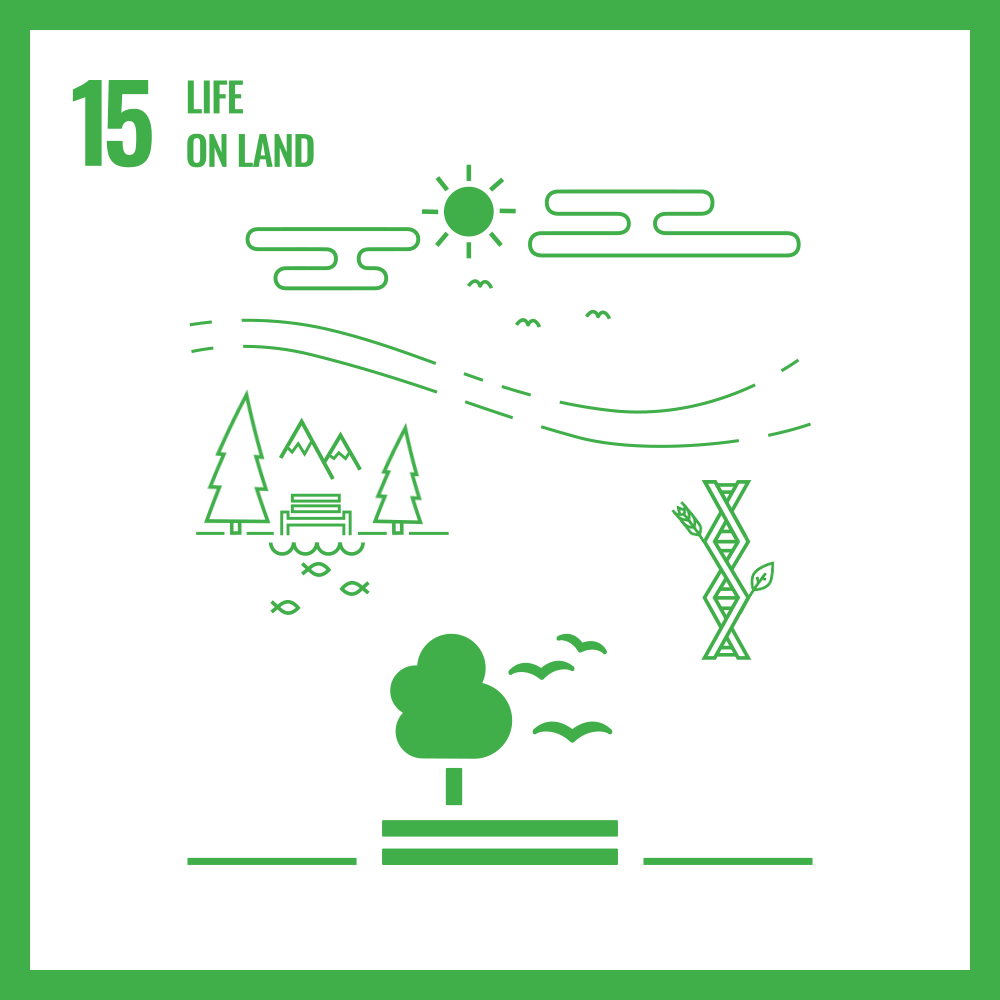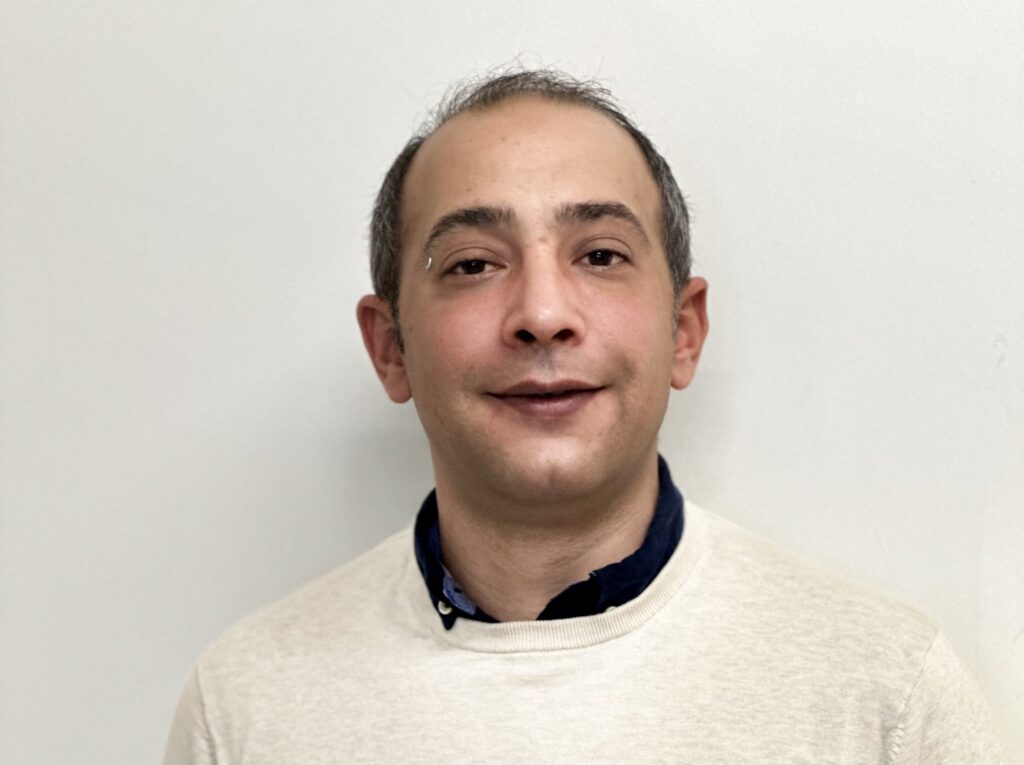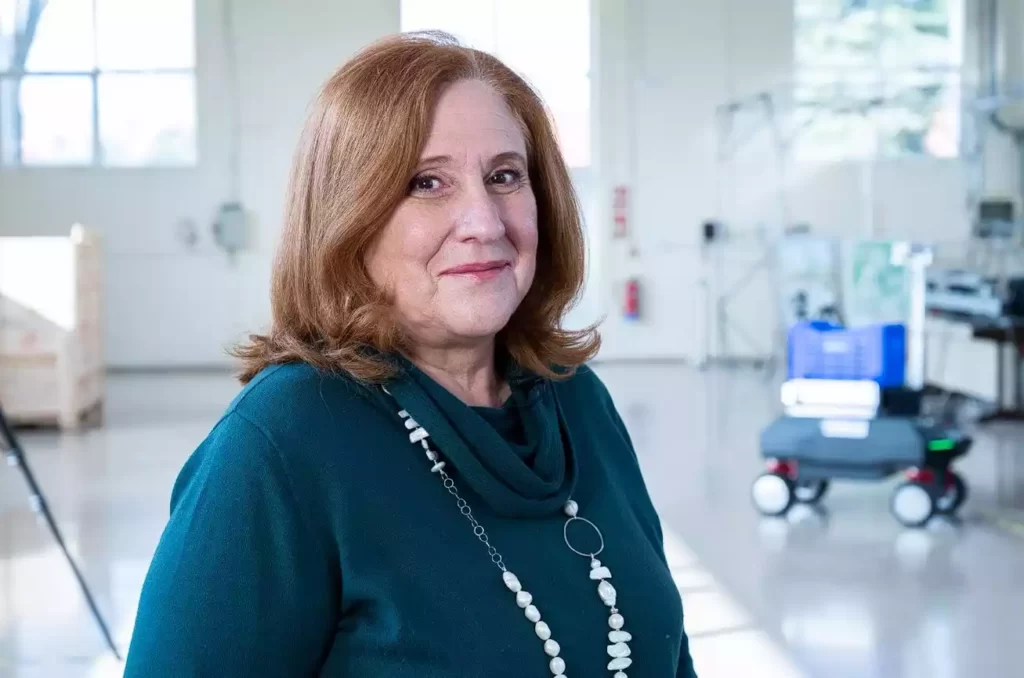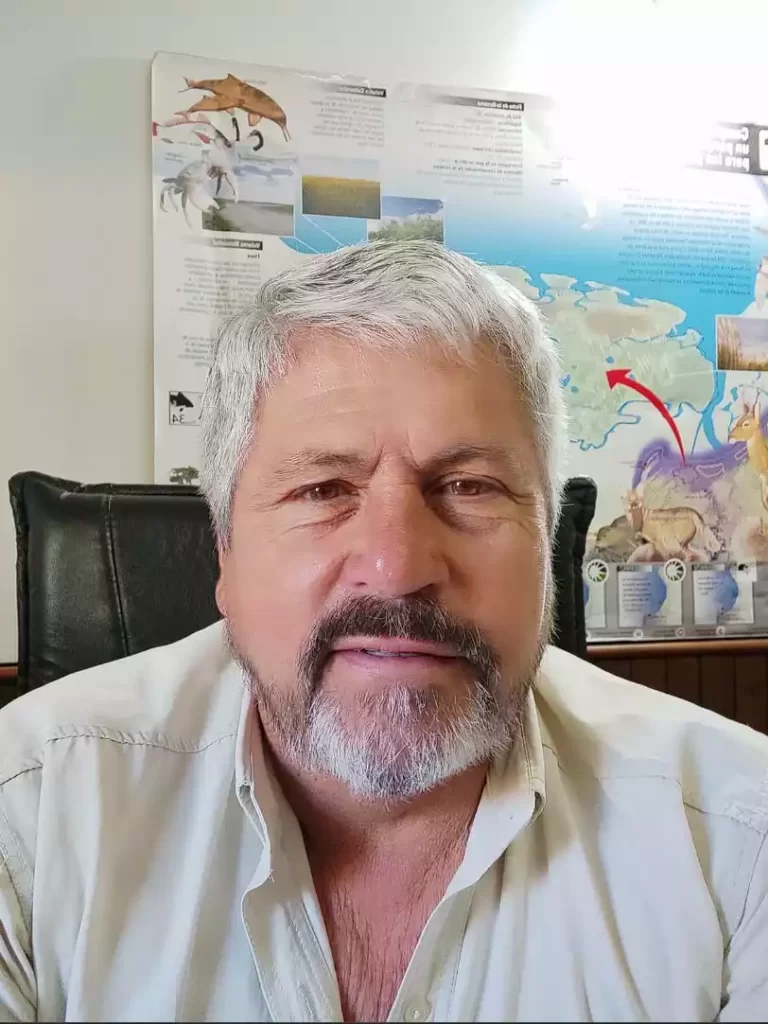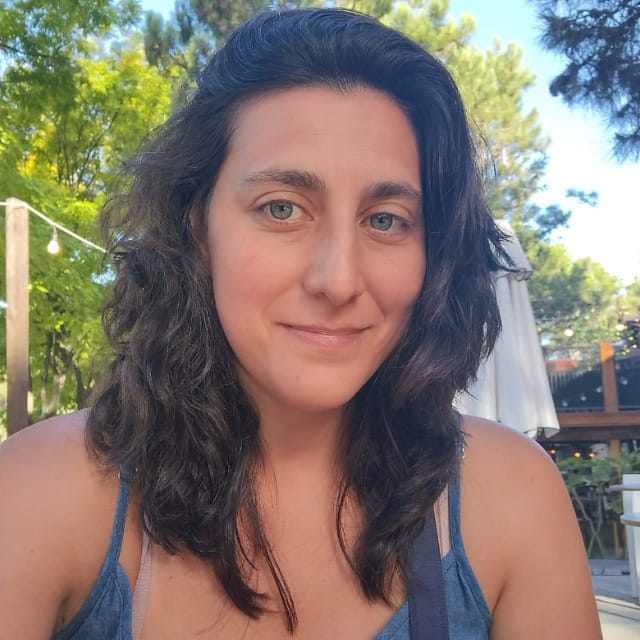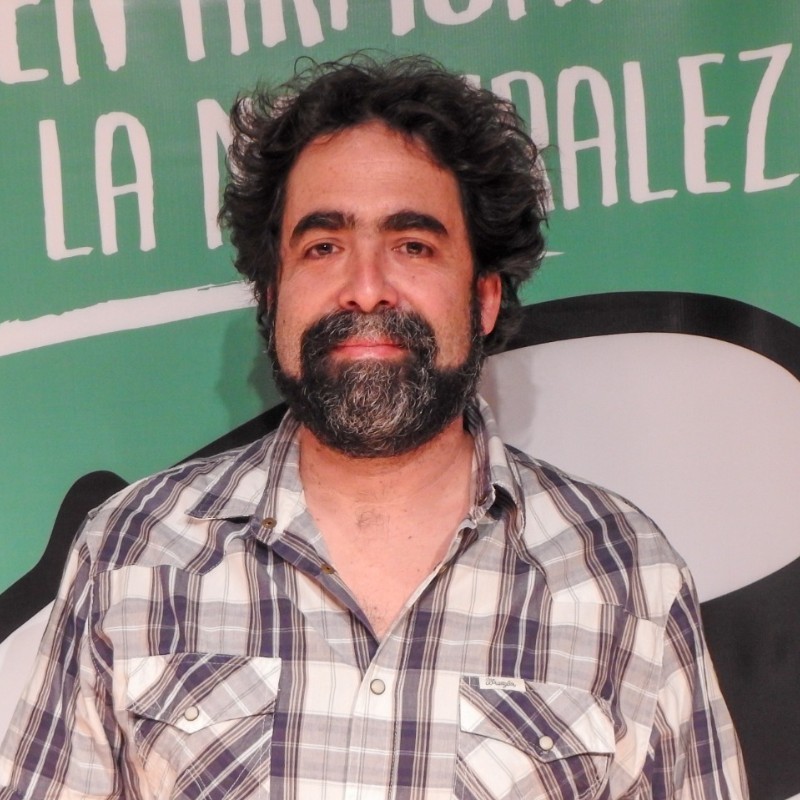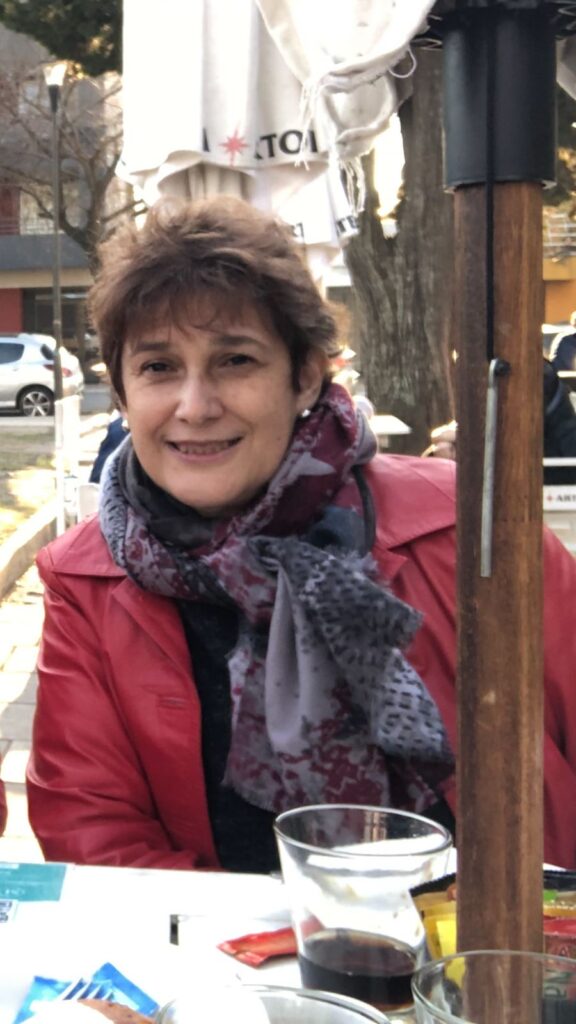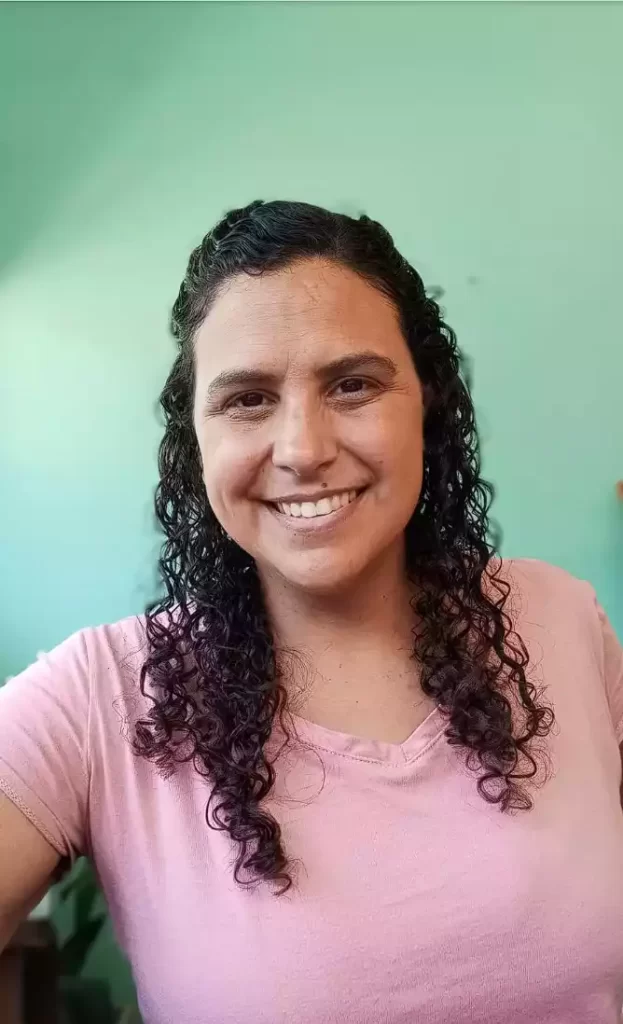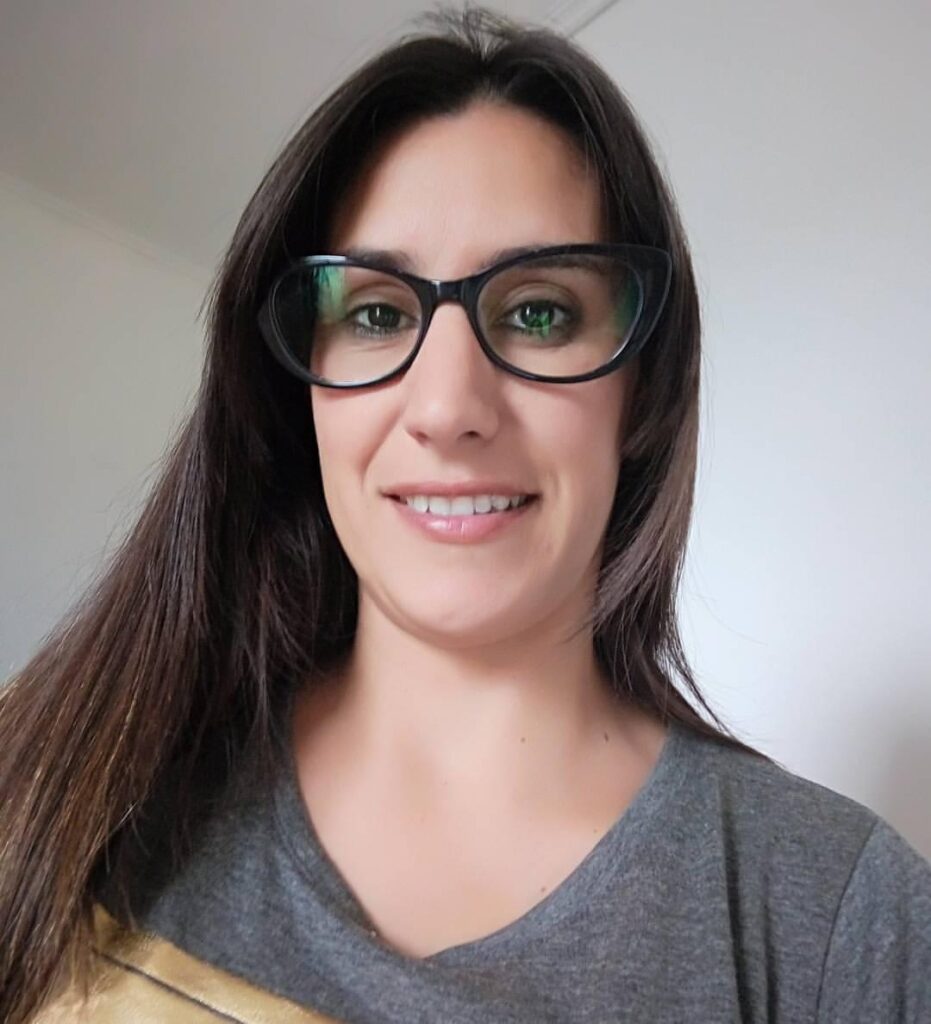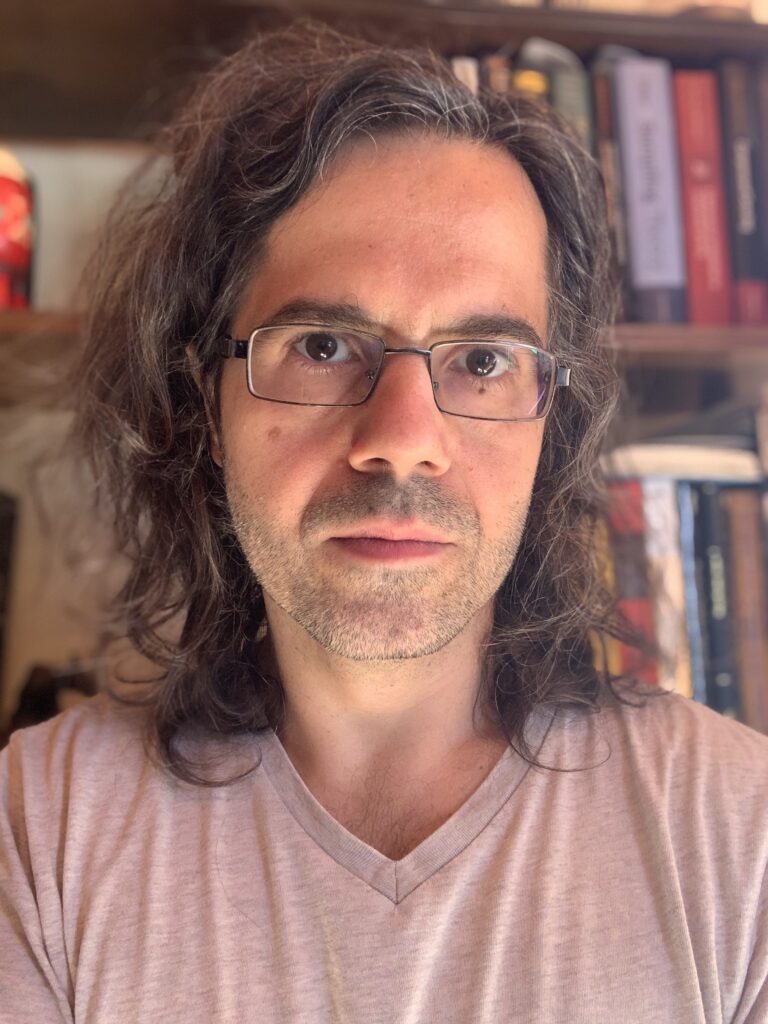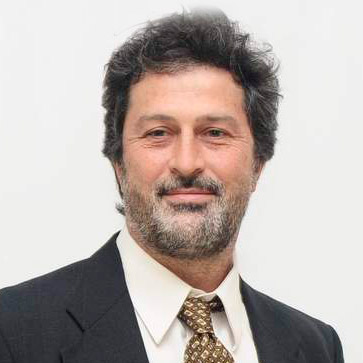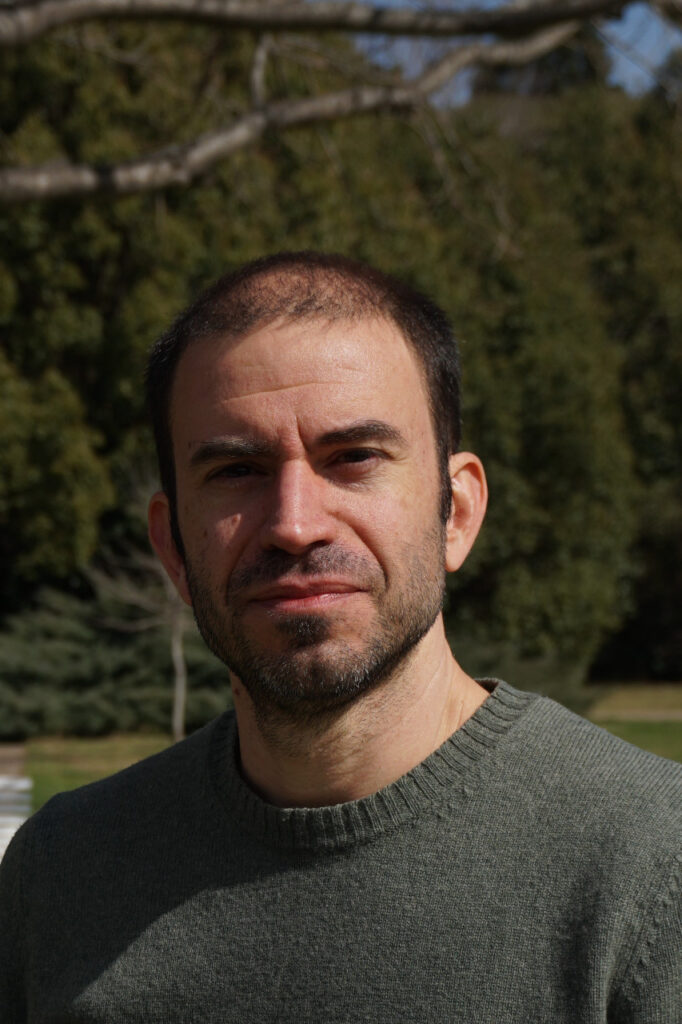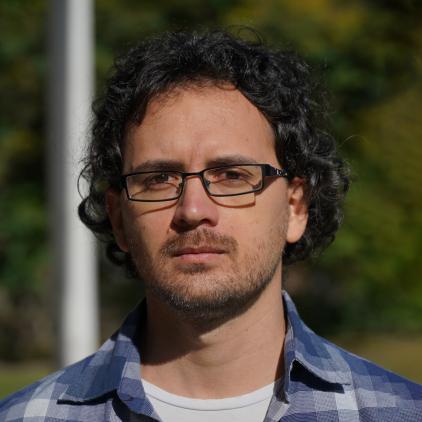
Wildlife Monitoring Bots
Multi-robot multi-domain systems to preserve wildlife at the Argentinean
National Park Campos del Tuyú.
Meet us
Who we are
Wildlife Monitoring Bots (WiMoBo) is a research project funded by the Spanish National Research Council (CSIC) to support scientific research towards the achievement of the Sustainable Developments Goals (SDGs).
The goal of this project is to
Development
Advance in the development of robust and fast control algorithms for aerial and marine robots, emphasizing environmental monitoring tasks.
Technology
Generate technology and know-how for the development of autonomous vehicles with on-board sensing instruments.
Aplications
Demonstrate experimentally, through a proof of concept, the advantages of using robots operating in different domains to improve the quality of environmental data collection, in particular, for data collection of greenhouse gasses (GHGs), and to conduct a population census of the Pampas Deer, in the Argentinean National Park Campos del Tuyú (RAMSAR Site) where one of its last populations is endangered.
Our goals
The goal of the project is aligned with the global goals for sustainable development. In particular, the multi-vehicle system we aim to build and its application to the census of the Pampas Deer and data-collection of GHGs in a wetland area is directly related with objectives 14.1 and 15.1, since it contributes to the understanding and prediction of the impacts produced by the global change into vulnerable ecosystems. It also contributes to objectives 6.3 and 6.6 to protect and restore water-related ecosystems, in particular wetland areas. The goal directly helps to objectives 13.3 and 13.1 by using multi-robot systems to detect high concentrations of some GHGs for its possible mitigation.
United Nations
The 17 Goals
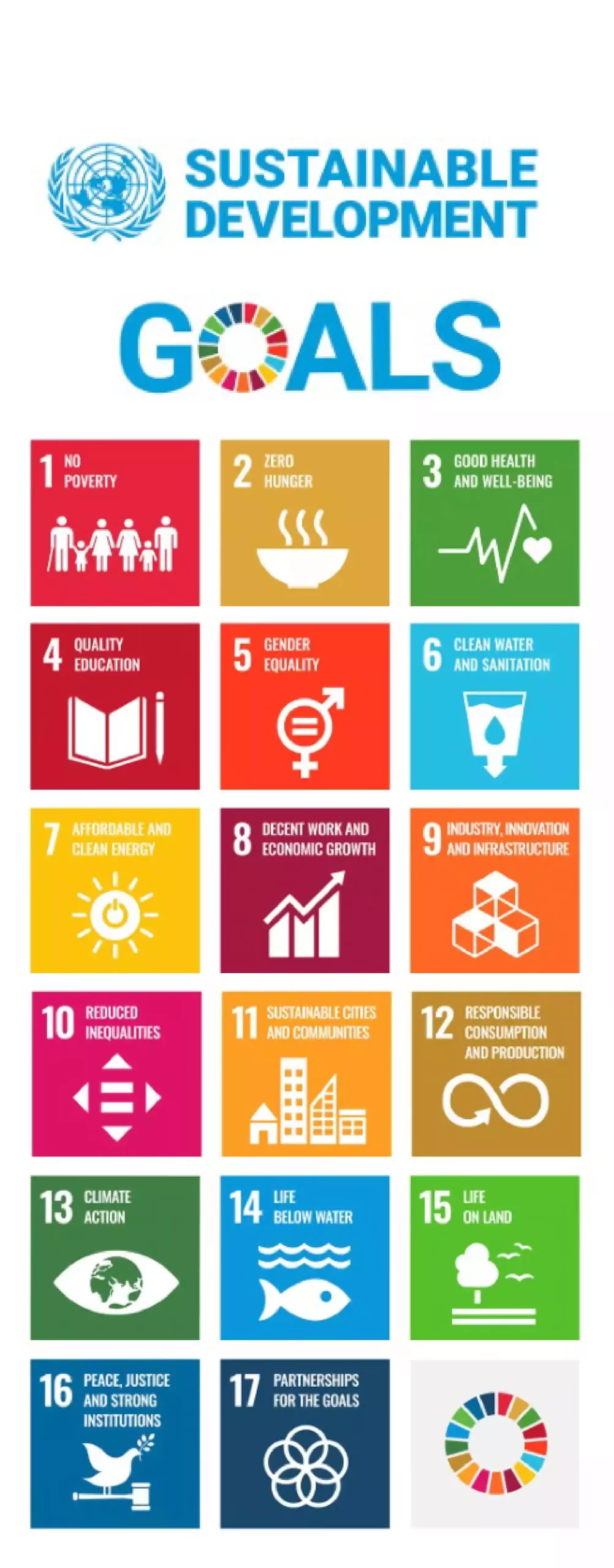
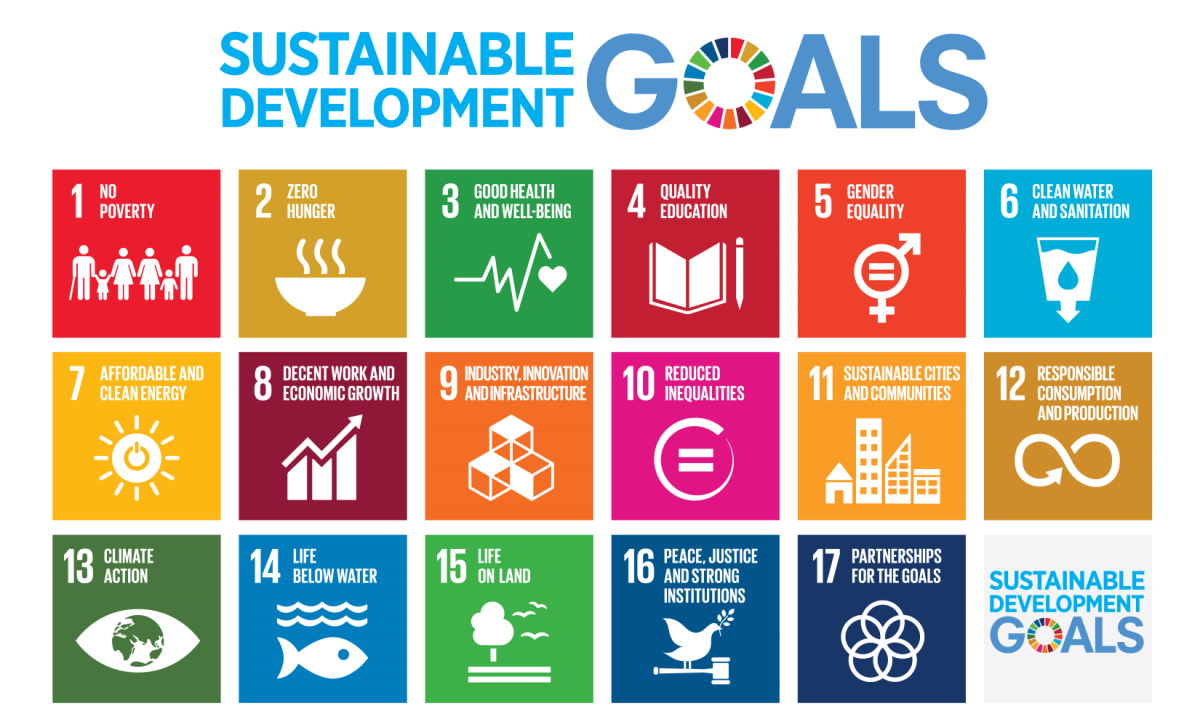
Latest News
The challenges are big, but it’s an incredible time for science. Leaps between technologhy and biology are revealing new answers.
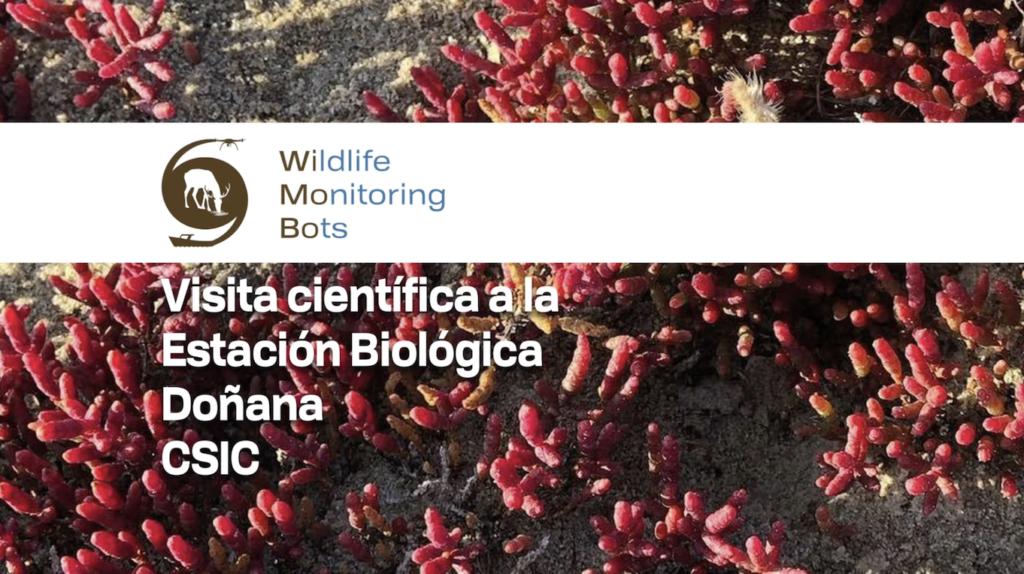
We visited Estación Biológica de Doñana
Members of WiMoBo project visited Estación Biológica de Doñana (EBD) to identify future collaborations with reserchers from EBD since the Wetland area of Doñana shares a lot of similarities with Parque Nacional Campos del Tuyú.
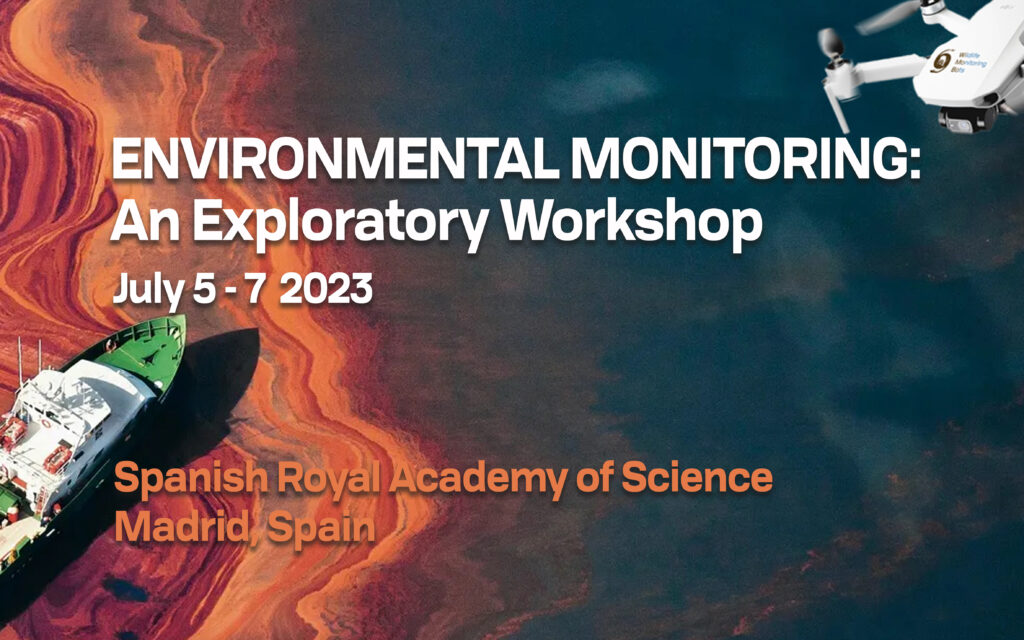
A brief view of our workshop
Join the Environmental Monitoring Workshop 2023 at the Spanish Royal Academy of Science in Madrid, Spain. The Workshop was held in areas of topics of mutual interest in environmental monitoring from the mathematical, biologist, and engineering perspectives
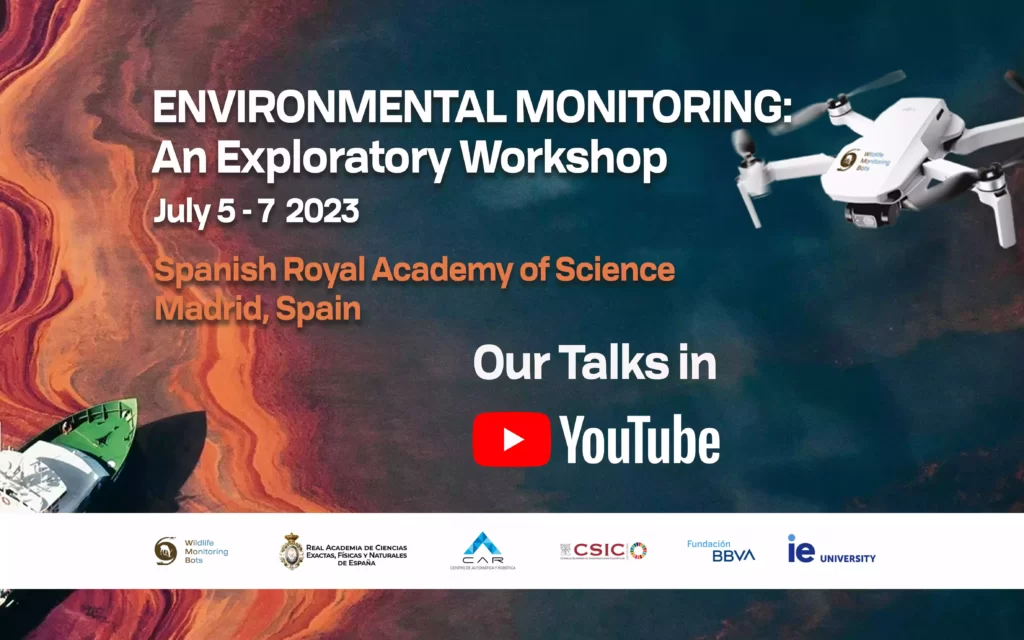
Check out all the talks!
Join the Environmental Monitoring Workshop 2023 at the Spanish Royal Academy of Science in Madrid, Spain. Explore new techniques and technologies for monitoring the environment. Register now!
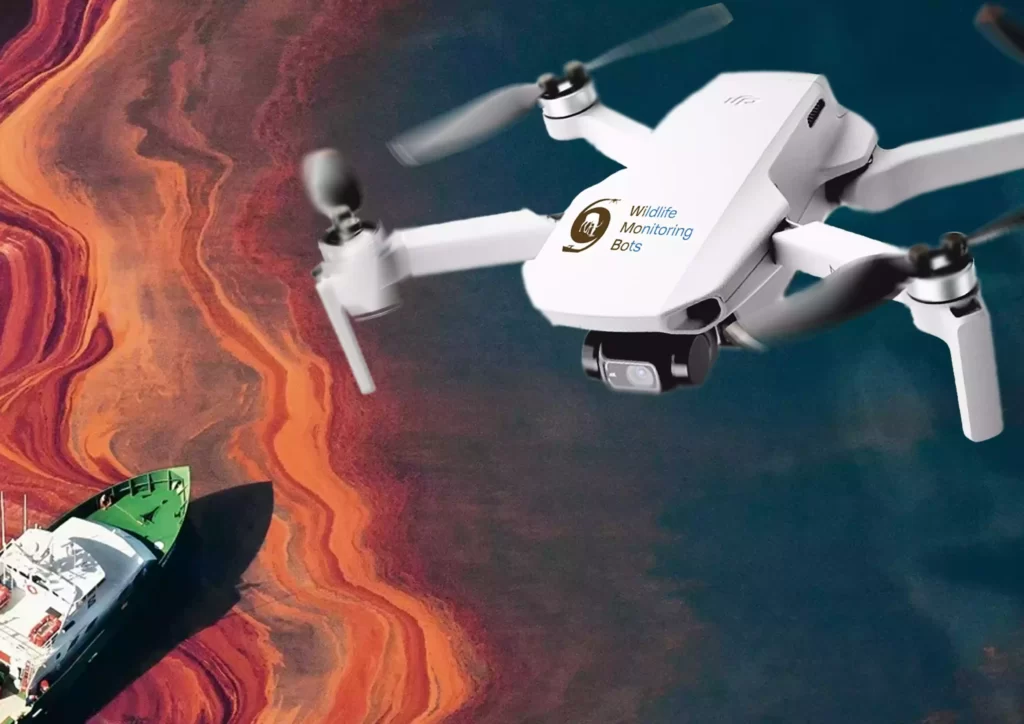
WiMoBo Workshop on Environmental Monitoring hosted by the Spanish Royal Academy of Sciences.
Join the Environmental Monitoring Workshop 2023 at the Spanish Royal Academy of Science in Madrid, Spain. Explore new techniques and technologies for monitoring the environment. Register now!
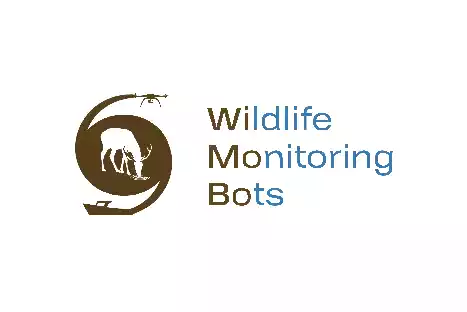
What it is about
First Test for WiMoBo robotic platform"
First Test for WiMoBo robotic platform: Learning the capacities of UAVs at National Park Campos del Tuyú
Good work, good people
Our Professional Team
Our partners
WiMoBo consists on an interdisciplinary research team from:







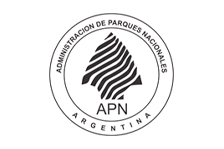
Let’s discuss

